Roman, 1st - 2nd century A.D.
Ring size Q 1/2 UK / 8.25 US / 58 EU.
Weighs 7.7 grams.
The intaglio measures 1.2 x 1cm.
The carnelian intaglio depicts the god Osiris in the form of a canopic jar, a stylised representation associated with mummification and the afterlife. He is shown wearing the atef crown and facing left, a conventional pose in Egyptian iconography. The intaglio is set into a 19th century high-carat gold ring, the shoulders of which are finely engraved with acanthus leaves, echoing the ornamental motifs of a Corinthian capital. The reverse of the shank bears a French assay mark in the form of an eagle’s head, indicating manufacture in 18-carat gold.
Osiris is sometimes depicted in the shape of a canopic jar, especially in the form known as Osiris-Canopus or Osiris-Hydreios. This representation, particularly during the Ptolemaic and Roman periods, likely symbolised Osiris’s association with the Nile, fertility, and the underworld. This form of Osiris is specifically depicted as a jar topped with a human head, representing the god himself. The “Canopus” part of the name comes from the ancient city of Canopus on the Nile delta, where Osiris was worshipped in this form. Imagery of the god appeared on Alexandrian coins from the 1st Century A.D. onwards, reaching prominence in the 2nd Century in Egypt and beyond. After a visit to Canopus the Emperor Hadrian had an image made in basalt of Osiris-Canopus for his villa at Tivoli (now in the Vatican Museums, Gregoriano Egizio, inv. no. 22852).









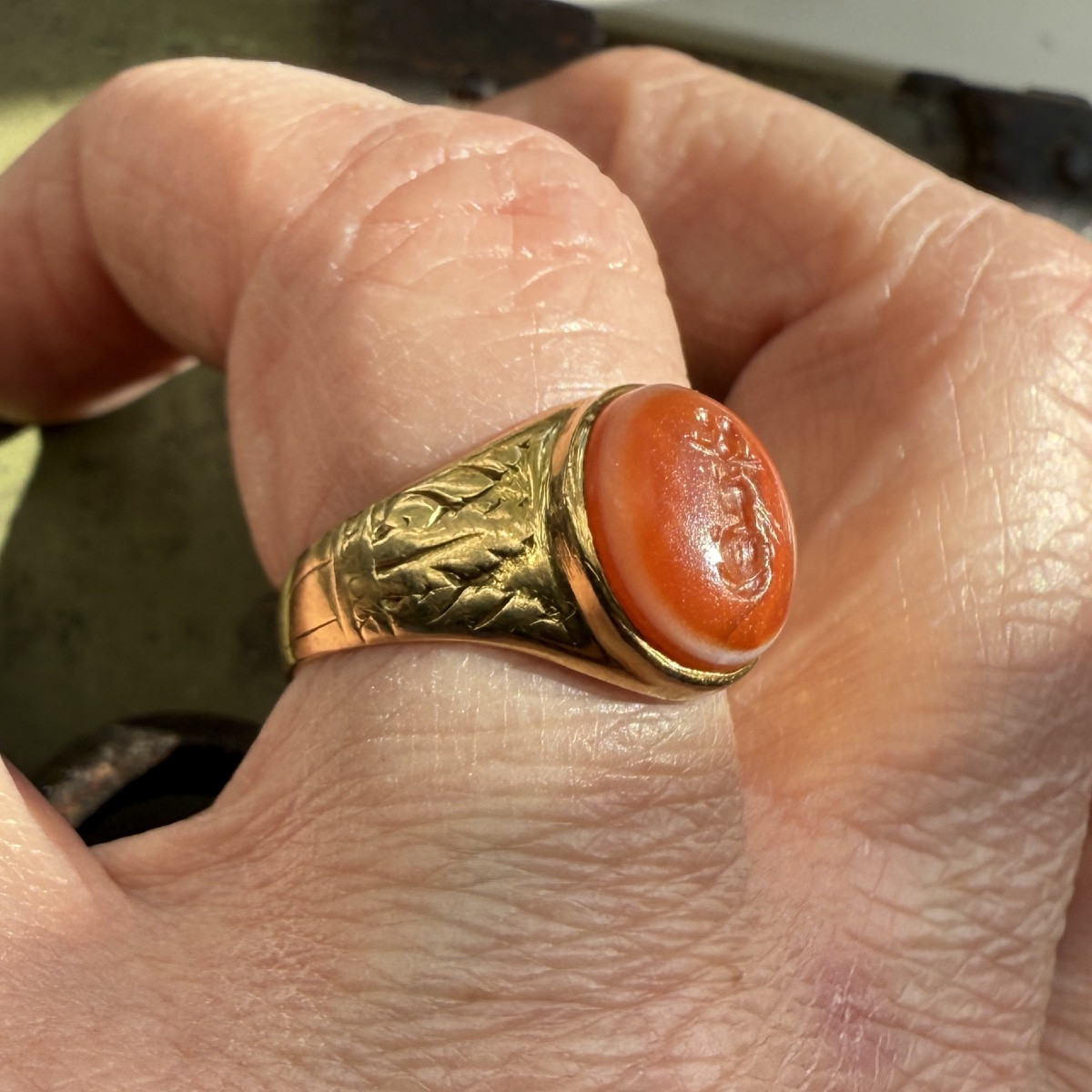


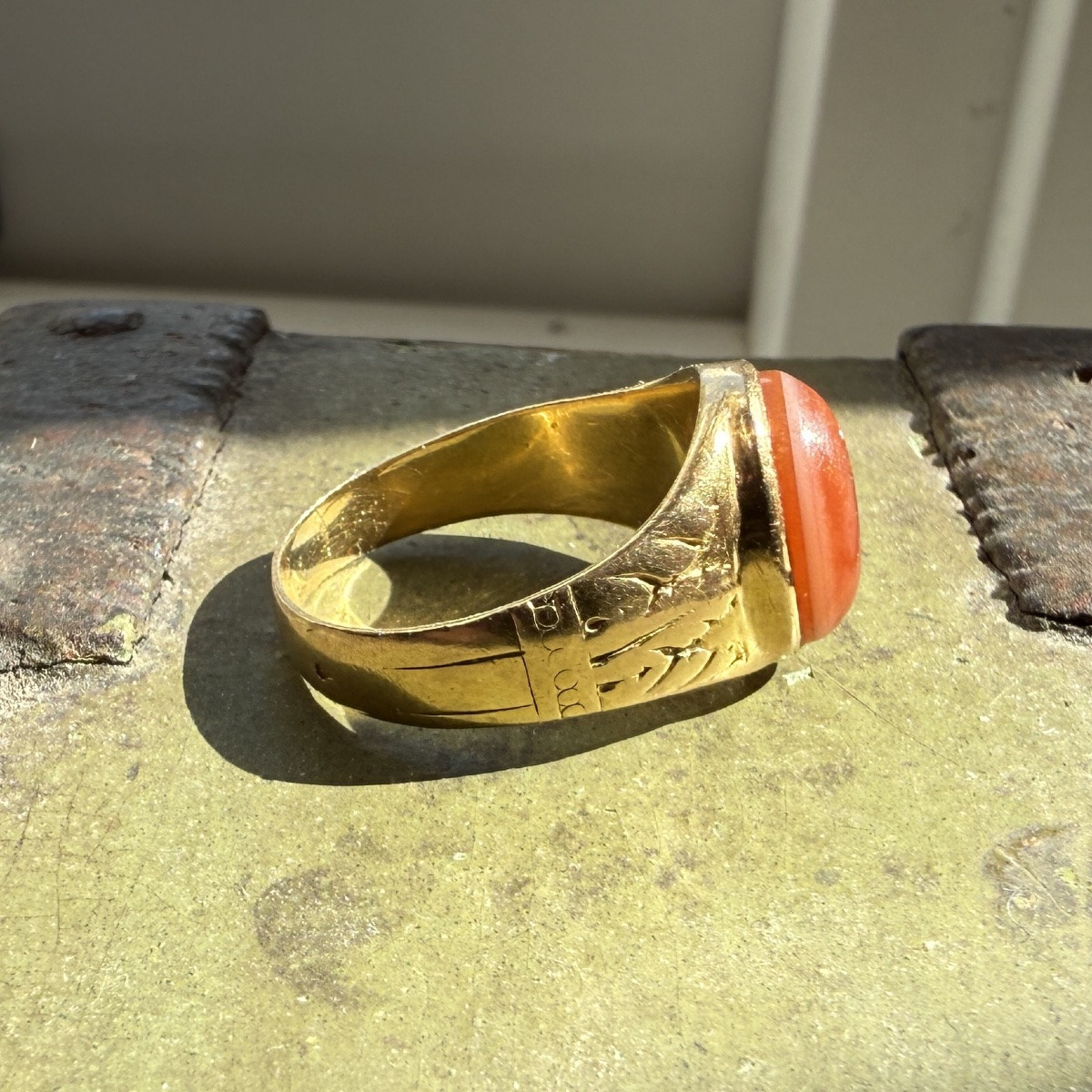














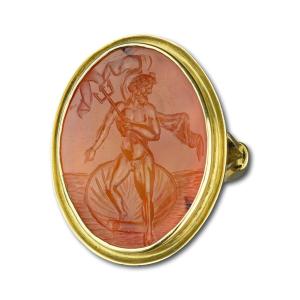
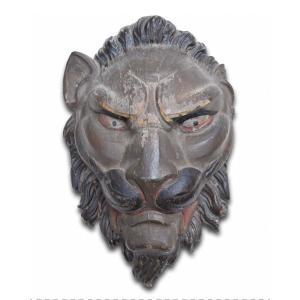





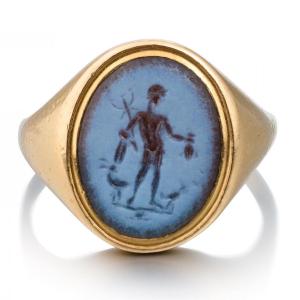

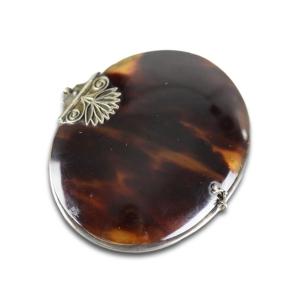

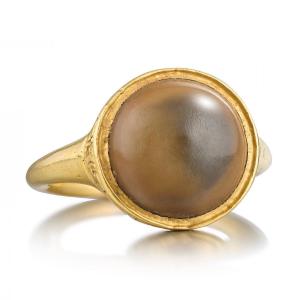
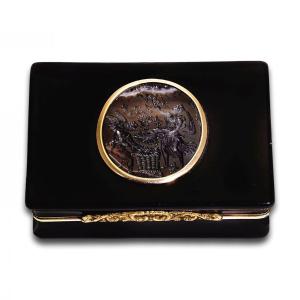

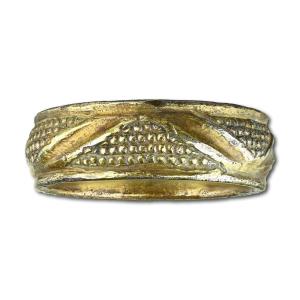


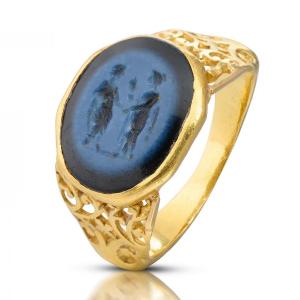





 Le Magazine de PROANTIC
Le Magazine de PROANTIC TRÉSORS Magazine
TRÉSORS Magazine Rivista Artiquariato
Rivista Artiquariato